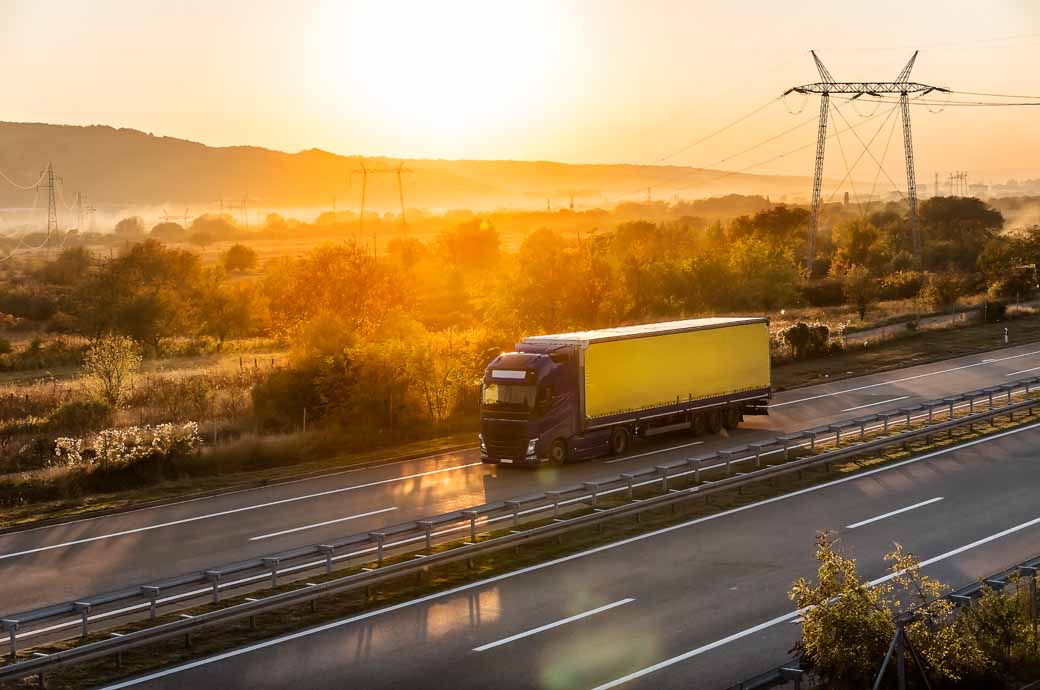
For the textile and garment industry, key European Union (EU) regulations include the ecodesign requirements for sustainable products, waste directives and extended producer responsibility programmes.
The Vietnam National Textile and Garment Group (Vinatex) is implementing carbon reduction solutions by measuring the carbon footprint across product life cycles and developing a green, circular production strategy. The group's members have reduced electricity consumption per product unit by 2 per cent compared to 2022 so far.
However, the Vietnam Textile and Apparel Association (VITAS) feels domestic legal frameworks are limited, with no specific policies or regulations for the sector regarding a circular economy. Regulations on greenhouse gas inventory and carbon taxes are lagging behind international timelines, it said.
Meeting green standards in the textile industry also requires substantial conversion costs and long transition periods. As most Vietnamese textile exporters are small and medium enterprises, this poses a problem.
Many Vietnamese businesses are also keen on investing in green logistics that can help reduce transportation costs and raise efficiency in supply chains by optimising delivery routes and limiting the number of empty or half-loaded trucks on the road.
Tran Thanh Hai, deputy director general of the Agency of Foreign Trade under the ministry of industry and trade (MoIT), said green logistics is not just a trend but a mandatory requirement in the future, meaning businesses could face barriers in terms of awareness and motivation to transition.
Some businesses are aware of this but are too small in scale or have limited funds to make reasonable investments. While there is a high demand for environmental friendliness, customers are not willing to pay more for sustainable logistics services.
Another MoIT official said green logistics is a relatively new concept that is not understood fully and accurately in many developing economies, including Vietnam.
Fibre2Fashion News Desk (DS)